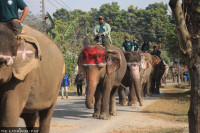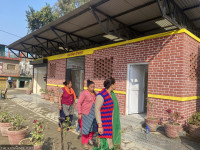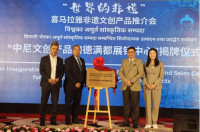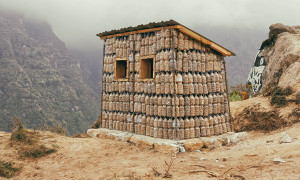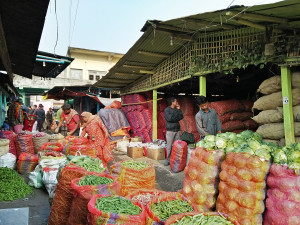Money
‘Prioritise commercial goat farming’
Experts and commercial goat farmers have criticised the government for not according priority to domestic production, leading to a massive surge in goat imports from India.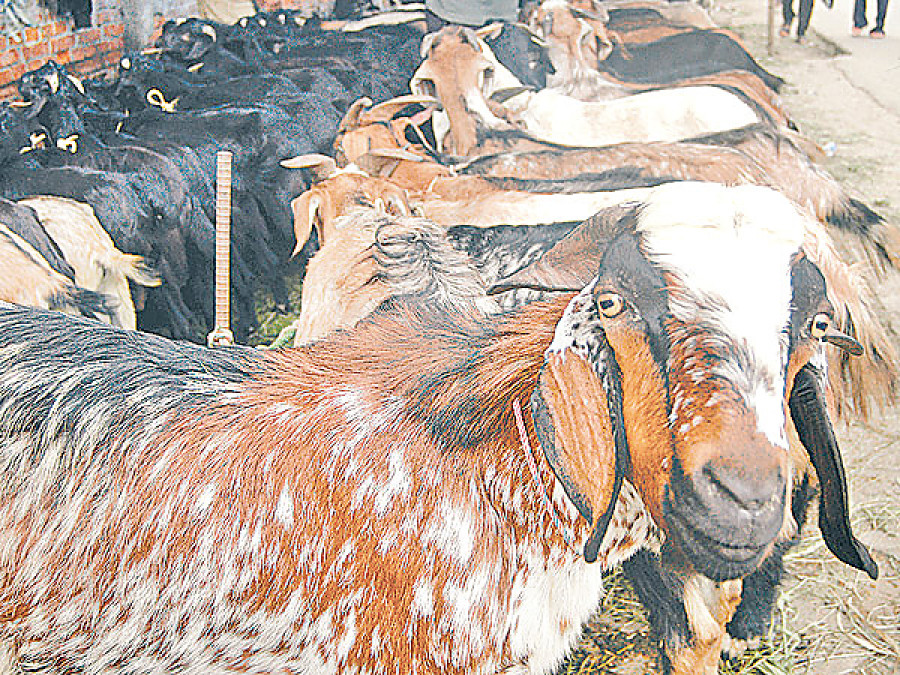
Bimal Khatiwada
The farmers said Nepal imports 500,000 live goats worth Rs 4-6 billion annually from the southern neighbour. “There is an urgent need to stop the imports,” said Ravi Kiran Poudel, coordinator of the Goat Farmers Federation, at an interaction in Narayangadh. “If the imports are not stopped, it will discourage local producers.”
Ram Prasad Ghimire, senior scientist at the Agricultural Research Centre, Bandipur, said the country could be made self-reliant in goat if the farmers were encouraged towards commercial goat rearing.
The demand is high and the returns are equally high, which has encouraged farmers, businessmen, professionals and educated youths towards goat farming, but there is a lack of technology, they said. “Imports from India is growing significantly,” Ghimire said, adding the lack of manpower has also discouraged commercial goat rearing. “The quarantine service needs to become strict to discourage imports.”
Ghimire said as Indian goats are not of good quality, strict quarantine could reduce imports by 75 percent.
Shyam Kumar Pokhrel, central committee member of the Goat Farmers Federation, said as the returns are high, the government should prioritise commercial goat rearing.
In Nepal, diseases and the lack of grazing areas are the major problems faced by the farmers.
Experts have underscored the need for an increased adoption of technology and making available good-quality breeding stock to make goat farming more profitable.
Bimal Kumar Nirmal, a livestock development officer at the Department of Livestock, said more farmers were getting attracted towards goat rearing in the Chure area.
He said the government should introduce insurance coverage for goats to assure them that their investments are not at risk. Besides, market access, training, easy loan facilities and grazing areas should be guaranteed, he said.
Statistics of the Ministry of Agricultural Development show buffalo meat accounts for 58 percent of the total meat production, followed by goat meat (20 percent).
The ministry estimates there are 10.17 million live goats in the country. On an average, a Nepali eats 11.15kg meat per year.
Per capita meat consumption was 9.8 kg per year in 2008 and 9.7 kg in 2000.




 14.12°C Kathmandu
14.12°C Kathmandu

